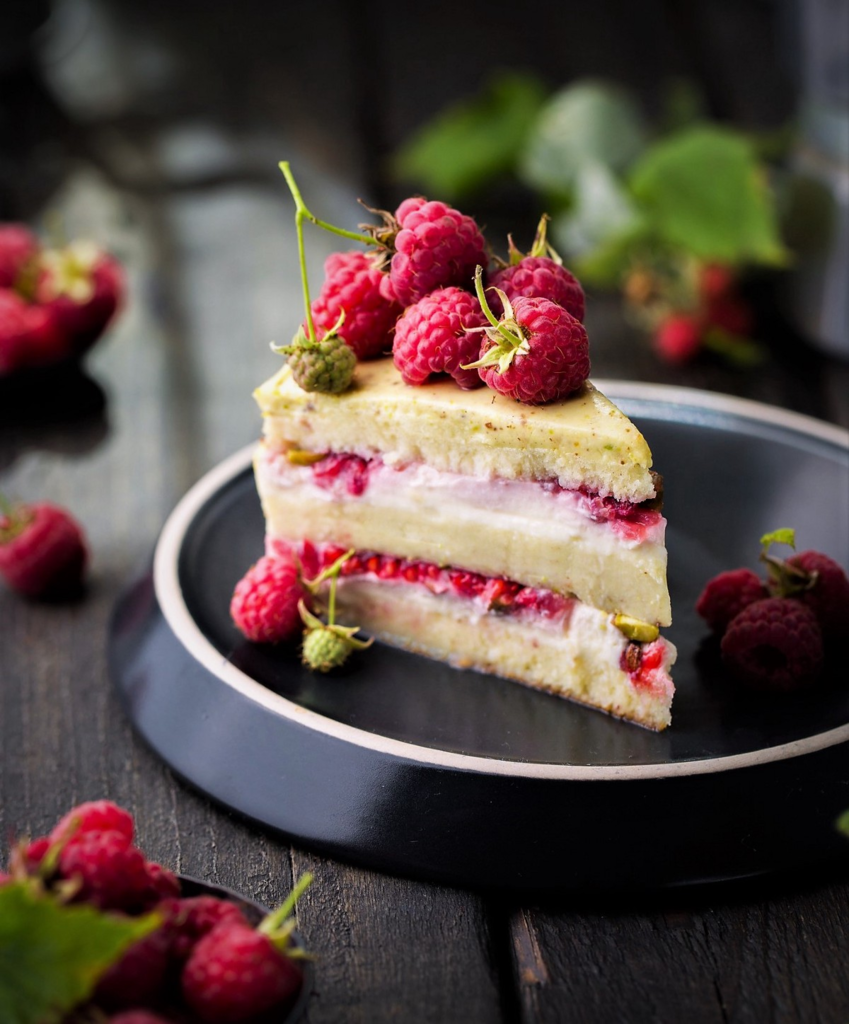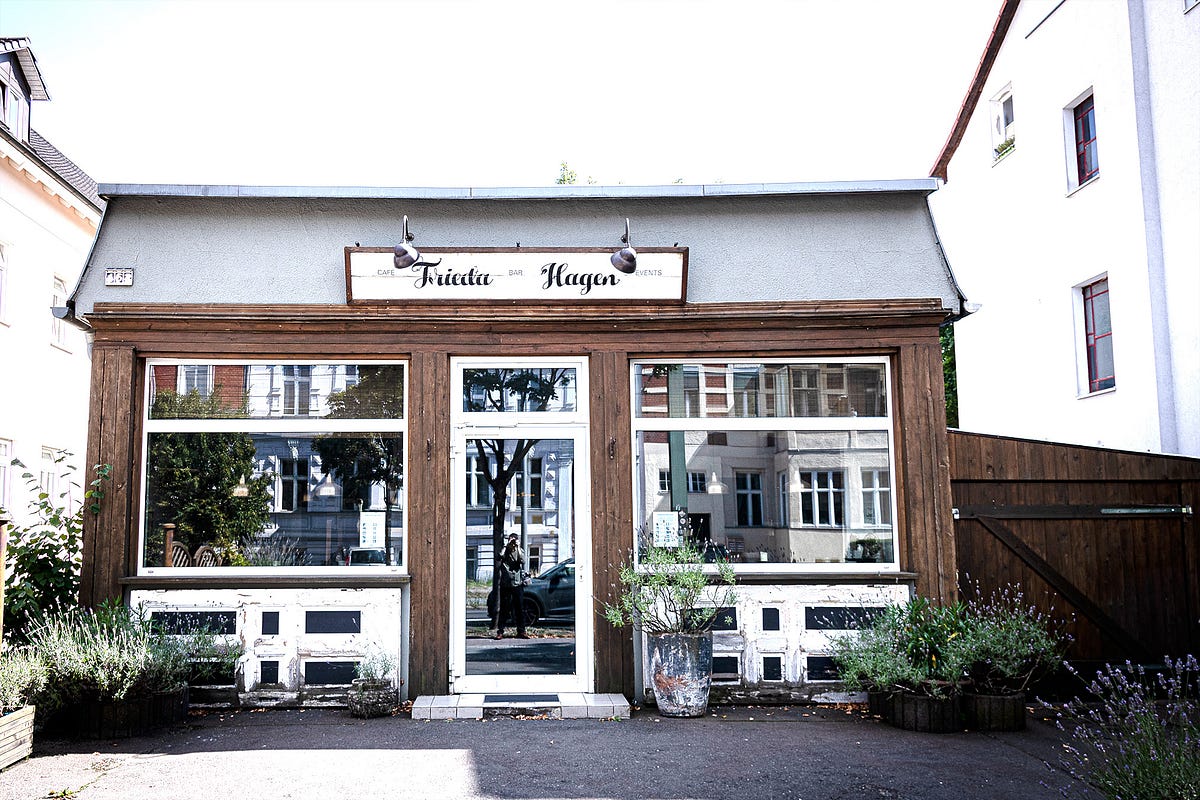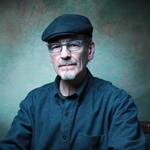
Live in such a way that you would not be ashamed to sell your parrot to the town gossip.
People go swimming in the Müggelsee lakes, they come down from the centre of Berlin to spend a relaxing day on the grassy banks.
I planned to take a few photos around the lake. That didn’t happen, I got caught up in Friedrichshagen’s main street.
When you walk with a camera in hand, fascinations and curiosity can lead you anywhere to but where you planned to go.

I’m always hard pushed to name anything in a city “beautiful”, but the main street that runs from Friedrichshagen local train station, and takes you straight down to the edge of the lake, is something to savour.
A long road, shop fronts punctuate the route with brightly coloured fronts, trees line the street and separate cars, trams and people.
After years of living in the city centre, dodging traffic and bikes, the freedom to cross the road without much of a fuss is a luxury feeling.
The industrial revolution boosted the need for handworkers and trades people all over the country. Friedrichshagen was an ideal location for cotton spinners to build their industries, so Fredrick the Great decided build homes and facilities to encourage the growth of this small town on the outskirts of Berlin.
The walk along the main street reveals rows of shops that display well maintained old signs. There are countless women’s clothes shops — plenty of local designers and artisan work in Friedrichshagen. Maybe a spin-off from the old days of the cotton industry.
Since those first days, Friedrichshagen has become an artist’s and poet’s town. Still a part of Berlin but peacefully dislocated from the main city. It comes across more like a small village on the outskirts, than a part of the city.
It seemed as though every twenty metres we walked, a clothes shop nestled under the structures of the beautiful old Jugendstil / Art Nouveau houses, which is the main architecture here.
Art Nouveau allows the architect, or builder who might not be an architect, to do what they like — just keep it simple and take your ideas from the various ornamental styles of the past.
A bit like icing on a cake, sometimes it really makes the cake look appetizing, and sometimes it makes it look like most other cakes. I can’t help but think about cake when I look at the colourful buildings around this part of town.
The houses are mostly two storey buildings, legally protected from merciless property developers, and must retain their original style throughout repair work. Colours are mixtures of pastel, which reflect the sun but never look garish.
As we walked, we looked at the different heights of the buildings, and speculated who may have lived there one hundred years ago. For sure, the poet Wilhelm Bölsche lived in one of these houses, but which one, I don’t know.
Then my partner and I came across a crowd of hot and sweaty people eating ice cream.
Behind the crowd I spied an ice cream stand, and suggested that we stop and join in on the cooling fun of ice cream cones, and the chance to stand in the shadows.
Even the ice cream shop is situated in a beautiful building. There’s a distinct lack of glass fronted structures. They’re all brick, lots of cool pastel colours, and the rooftops create a flow of up and down that causes your eyes to bounce along the street when looking.
I like ice cream, it’s always best on a hot day. But when the heat is blaring onto the streets, eating ice cream is a race against time. Either lick leisurely, and end up with sticky hands before finishing, or try your best to enjoy it, but hurry up.
The many cafes and bars along the street, all offering terraces with outside seating, were already full. We planned to have coffee and cake when we walked back towards the station.

I still thought that I’d make it in time to catch the evening light for a few photos. But as we wandered along the main street, Bölsche Strasse, the back boiler for postponed plans was being fired up.
This special mile of a street offered too much to miss. Anyway, Deborah was with me, and I saw how she smiled at everything — especially each clothes shop, flower shop, and the odd shoe shop that we passed. I don’t get it with shoes and women, but I sure love to see her smile.
After we’d finished battling with our ice creams, we walked down to the halfway mark. The town square.
The square takes up both sides of the main street. On one side there is a column with a Blue Heron at the top, the other side is a column with Old Fritz (Friedrich II) proudly upright, one eye patched, the other staring across the street directly into someone’s bedroom.
Friedrich II was a tough, hard leader, a king. To read up on him is fascinating and sad. All he ever wanted, was to enjoy life, the arts, and make love.
After a series of brutal lessons dished out by his sadistic father, he changed dramatically, and gave the world a lesson in true leadership. Prussia became stronger, and the French realised that even Napoleon was no real match. Yet he never forgot the importance of the arts, he encouraged people to learn to read and write, to take an interest in their culture and educate themselves. He saw the modern world coming, and knew that the Prussian Empire was not forever.
His discussions with Voltaire were educational, and gave him food for thought about how the future might look. They kept up their correspondence until the end.
When Napoleon visited Friedrich II’s tomb, he said, “hats off gentlemen, if he were alive we wouldn’t be here today.”
The town square is being redesigned. More grass, less concrete. According to the information board. The benches in the middle of the chaos were occupied by two old men, one with a cane propped against his knee, the other in flat cap and short sleeved shirt. They seemed to be deep in discussion about the construction, and one of them picked up his cane and jabbed it into the air, then made a sweeping movement before plonking it back between his knobbly knees — obviously telling his friend about a better plan for the town square.
As Deborah and I passed a flower shop the street filled with the scent of various herbs and flowers. I don’t know the names of the flowers, but she told me, then I forgot. She asked me to bend down and smell the scent of a small pot of flowers, they smelled like fresh salad as far as I was concerned.

We reached the end of the street, decided to forego any lakeside visits, so we turned back towards the train station. My camera bag became a dead weight, and I ended up with a backache which was an excellent excuse to stop for coffee and cake.
The cake counter looked scrumptious, coloured icing that matched the walls of the houses outside. I pointed at a cake, and the waiter told me it’s name, but pointed at another cake and suggested it would taste better.
She was wearing a traditional pinny. Pink, with frills, and the café motif embroidered on the front. Her friendly manner, her helpfulness, and the atmosphere of the street and cafe, won my trust. “I’ll have the cake you suggest, with a coffee.”
Deborah knew exactly what she wanted. She’s a great cook, and a fine baker of cakes, so her choice was specific, but also with a coffee.
As we walked outside, I looked back into the cafe and saw a fireplace at the back of the room. Tables neatly laid with serviettes and cutlery ready for guests. It looked inviting, but too warm for a day as hot as this one.
We sat outside in the shade, the waiter brought our cake and coffee within moments. It was delicious.
We talked about the neighbourhood. I told Deborah that I’ve had it with where I now live. And this place, Friedrichshagen, has given me ideas about how to change things for the better.
She suggested that I might turn into one of those old men sitting on the bench in the square, putting the world to rights. That’s alright.
We enjoyed the cake, and I thought of the prospects of benches and walking sticks, fresh air and morning walks down by lake Müggelsee.
I managed a couple of street shots but nothing that would push the limits of my 10 tips on street photography.
If you prefer to read my writing on Medium.com, the here’s a link to my main page.

Leave a Reply
You must be logged in to post a comment.